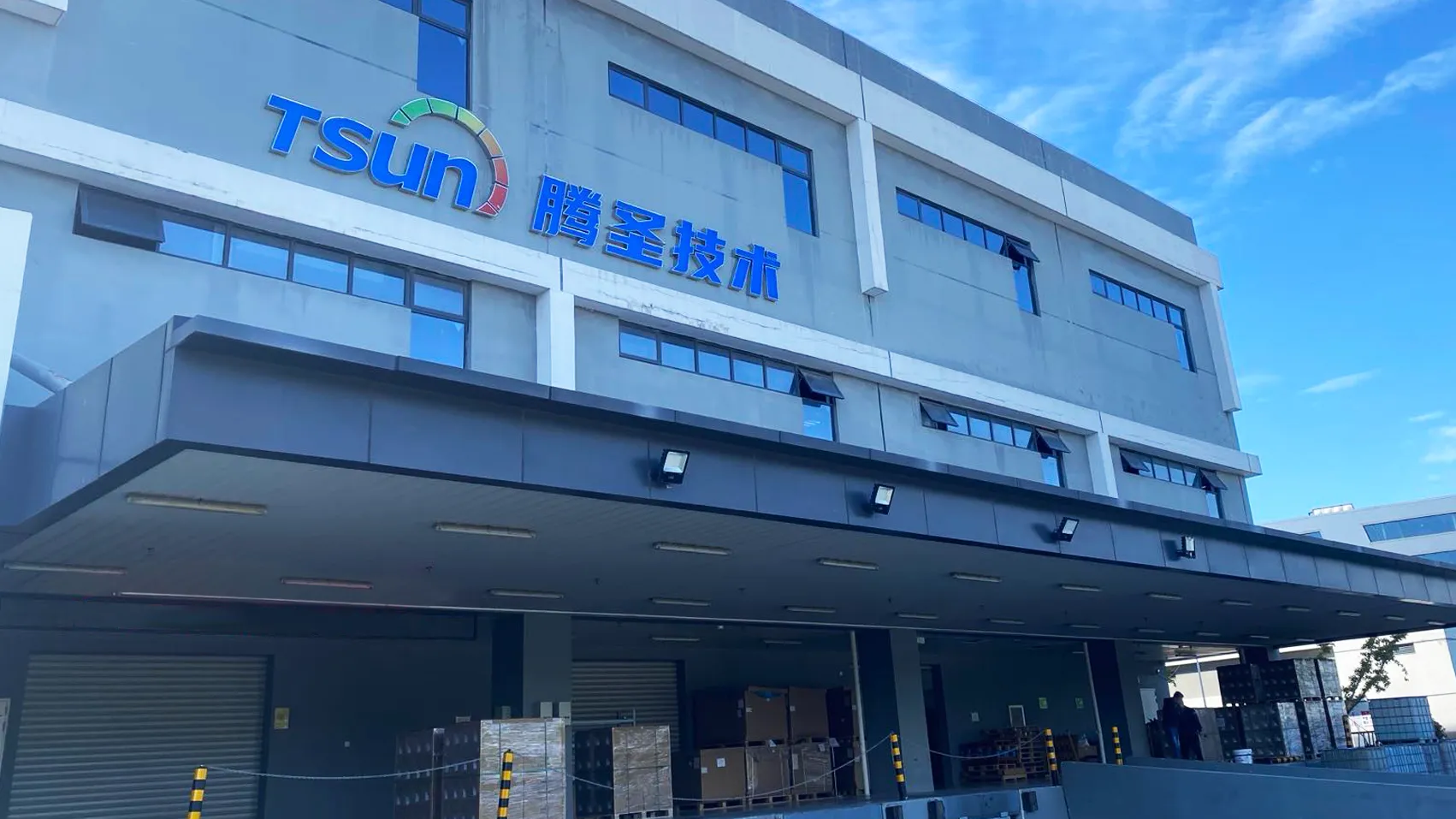Easy Solar Kit (with microinverter)
 LEARN DETAILS
LEARN DETAILS
 News
News
Table of contents
The Difference Between Microinverters and String Inverters
In the ever-evolving world of solar energy, choosing the right inverter is critical for optimizing energy production and system efficiency. Two of the most common types of inverters used in solar power systems are microinverters and string inverters. Both options possess distinct characteristics that cater to different solar installation needs. In this article, we will explore the fundamental differences between microinverters and string inverters, discussing their functionalities, advantages, disadvantages, and ideal applications.
Understanding Inverters
Before diving into the details, it is essential to understand the role of an inverter in a solar power system. Solar panels generate direct current (DC) electricity, which needs to be converted into alternating current (AC) electricity for use in homes and businesses or for feeding into the power grid. Inverters serve this critical function, and their performance can significantly impact the overall efficiency of a solar system.
Microinverters Explained
Microinverters are small devices installed on each solar panel individually. This decentralized approach allows each panel to operate independently. If one panel underperforms due to shading, dirt, or damage, the other panels can continue to operate at their optimal level. Microinverters convert DC electricity to AC at the panel level, which helps minimize energy loss during transmission.
Advantages of Microinverters
1. Improved Energy Harvesting Since microinverters operate independently, energy production is maximized, especially in partially shaded conditions. This characteristic is advantageous in residential applications where trees, buildings, or other obstructions might block sunlight at different times of the day.
2. Easier Monitoring Microinverters often come with monitoring capabilities, allowing users to track the performance of each solar panel individually. This transparency helps identify issues quickly and efficiently.
3. Scalability Homeowners can start with a small solar system and add more panels later with ease, as microinverters can be added to new panels without significant system redesign.
4. Longer Lifespan Microinverters typically have a longer lifespan compared to string inverters, often backed by warranty periods of 20 to 25 years.
Disadvantages of Microinverters
2. Installation Complexity Installing a microinverter for each panel can complicate the installation process, potentially increasing labor costs.
String Inverters Explained

String inverters are the traditional option, where multiple solar panels (often referred to as strings) are connected to a single inverter. Typically installed on the side of a building, they function as a centralized point for converting DC to AC for the entire solar array.
Advantages of String Inverters
1. Cost-Effectiveness Generally, string inverters are less expensive than microinverters. The lower upfront costs make them an attractive option for many customers.
2. Simplified Installation With fewer components and connections, string inverters simplify the installation process, reducing labor costs and time.
3. Reliable Technology String inverters have been in the market for a long time and are a proven technology, providing reliable performance for straightforward solar systems.
Disadvantages of String Inverters
1. Performance Issues in Shaded Conditions If one panel in a string is shaded or malfunctioning, it can reduce the overall power output of the entire string. This issue can be significant in installations with shading problems.
2. Limited Monitoring Monitoring options for string inverters are generally less granular than those offered by microinverters. Users typically monitor the performance of the entire system rather than individual panels.
Ideal Applications
When determining which inverter type is right for a specific solar installation, consideration of the setting and needs is crucial.
- Microinverters are ideal for residential applications with shading issues, complex roof layouts, or future expansion plans. They are also beneficial for homeowners who value individual panel monitoring.
- String inverters work best in installations with unshaded, uniformly exposed panels, such as larger commercial systems or ground-mounted setups without obstacles.
Conclusion
Choosing between microinverters and string inverters depends primarily on the specific requirements of the solar installation, budget considerations, and the environment in which the system will be placed. Both technologies available in the solar market offer unique advantages and drawbacks, which can significantly influence energy output and system efficiency. By understanding these differences, homeowners and businesses can make informed decisions that align with their energy needs and financial goals.

